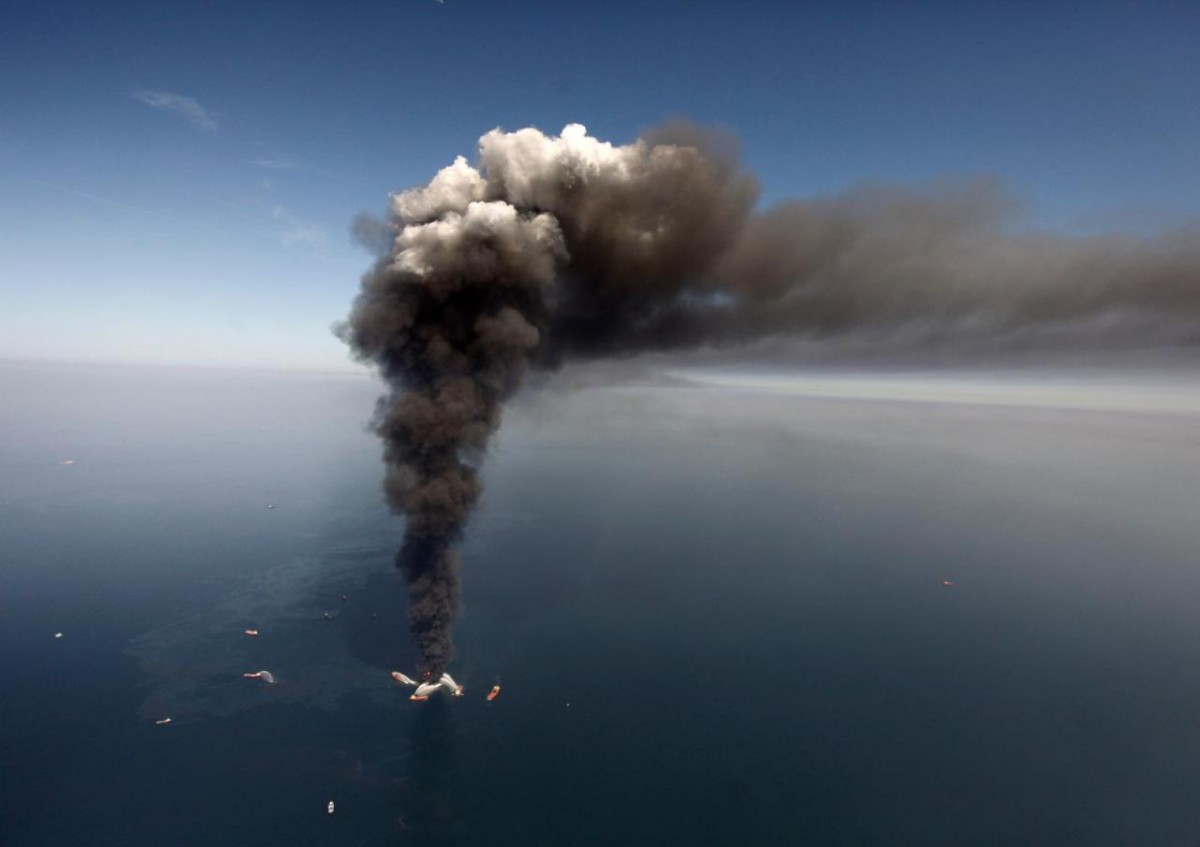
NEW ORLEANS (AP) — A BP engineer intentionally deleted more than 300 text messages saying the company’s efforts to control the Gulf of Mexico oil spill were failing, and that the amount of oil leaking was far more than what the company reported, the U.S. Justice Department said Tuesday.
In the first criminal charges related to the deadly explosion of the Deepwater Horizon rig in April 2010, the Justice Department arrested Kurt Mix and charged him with two counts of obstruction of justice for allegedly destroying evidence sought by federal authorities, officials announced in a statement.
The charges came a day before a federal judge in New Orleans was to consider a motion granting preliminary approval of a $7.8 billion civil settlement between BP and a committee of plaintiffs in a civil case. Shrimp processors have raised objections, saying the settlement does not adequately compensate them.
Having an accurate flow-rate estimate was needed to determine how much in civil and criminal penalties BP and the other companies drilling the Macondo well face under the Clean Water Act.
In an emailed statement, BP said it would not comment on the case but is cooperating with the Justice Department and other investigations into the oil spill. “BP had clear policies requiring preservation of evidence in this case and has undertaken substantial and ongoing efforts to preserve evidence,” the statement said.
Mix, 50, of Katy, Texas, who no longer works for BP, was scheduled to appear in federal court in Houston on Tuesday afternoon. If convicted, he faces up to 20 years in prison and a fine of up to $250,000 on each count. The statement did not say whether Mix had a lawyer.
The engineer deleted more than 200 messages sent to a BP supervisor from his iPhone in October 2010 containing information about how much oil was spilling out — and then erased 100 more the following year after receiving numerous legal notices to preserve the information, the Justice Department said in a news release.
On the very first day in May of 2010 that BP began to use the “top kill” method to plug the leaking well, Katy estimated in a text to his supervisor that 15,000 barrels of oil per day were spilling — an amount greater than what BP said the method could likely handle. The “top kill” method involved pumping heavy mud into the blown-out well head to cap it.
The BP-leased rig Deepwater Horizon exploded the night of April 20, 2010, killing 11 workers and setting off the nation’s worst offshore oil disaster. More than 200 million gallons of crude oil flowed out of the well off the Louisiana coast before it was capped.
As the spill grew into weeks and months, and soiled fishing grounds, beaches and coastal marshes, independent scientists questioned the official flow rates. Academics, environmentalists and federal investigators accused the Obama administration of downplaying scientific findings and misrepresenting data as well as misconstruing the opinions of experts it solicited.
A deepwater drilling moratorium was also put in place, a painful move for the industry and the Gulf states that rely on drilling for jobs and tax revenue.
Meanwhile, BP chief executive Tony Hayward was forced to step down after making a series of gaffes related to the spill. BP’s attempts to create an environmentally friendly image were crushed, and independent gas station owners with BP-branded stations lost business from upset customers.
Recently, scientists said they have found fish in the Gulf with open sores, parasitic infections and chewed-up fins — injuries they suspect are from the effects of the petroleum. The evidence is not conclusive, but it could mean that the environmental damage to the Gulf from the BP disaster is still unfolding and the picture isn’t as rosy as it might have seemed just a year ago.


